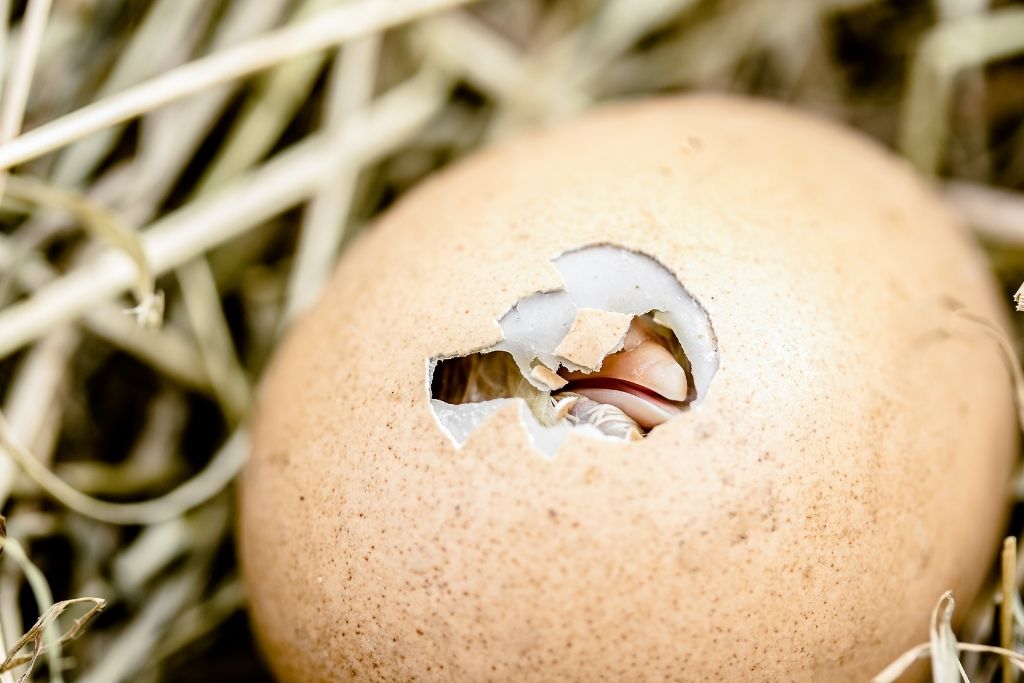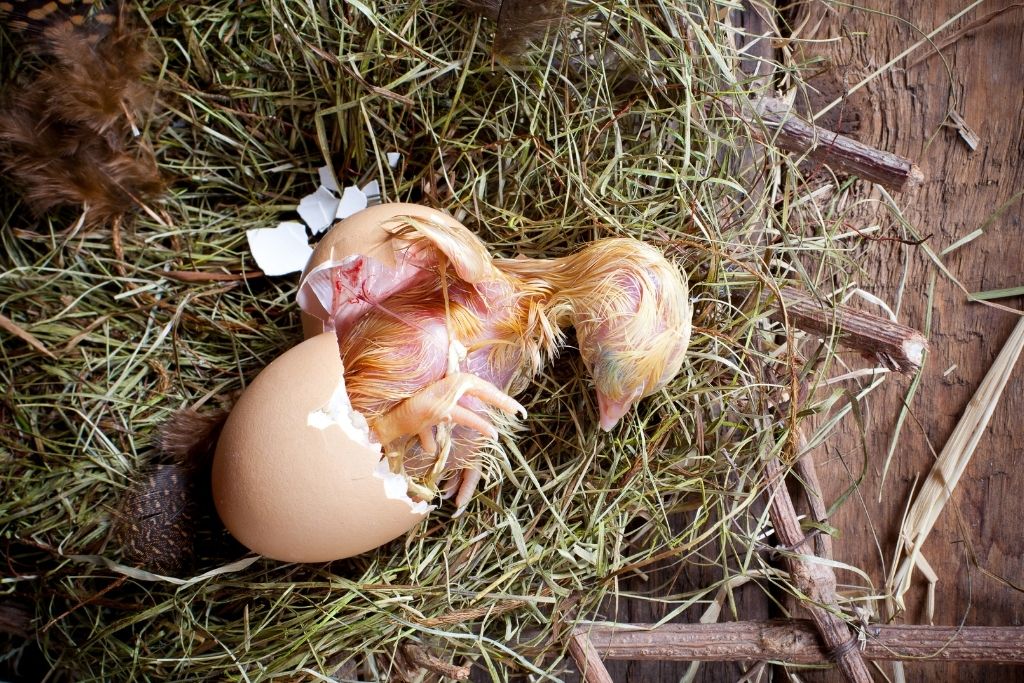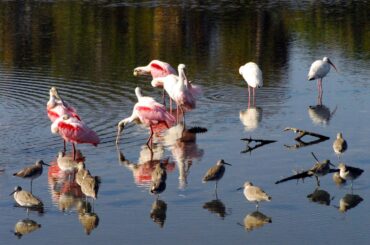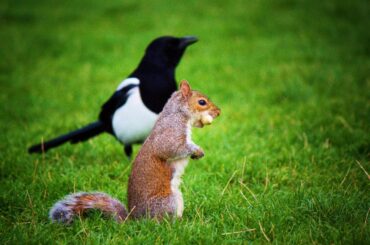Have you ever wondered how long a bird can emerge from its egg? Are you a bird enthusiast itching to know when to expect those chirpy little fledglings? Do you plan on studying nesting behaviors and are curious about the timeline?
The time it takes for bird eggs to hatch can vary widely, depending on the species. While a chicken egg might take about 21 days, robins and sparrows require 11 to 14 days. If you’re looking into birds of prey, like eagles or hawks, expect a much lengthier wait—possibly up to 35 days!
Knowing these incubation periods is more than just fun trivia for bird lovers. It’s critical information. For one, it helps you plan observations without disturbing the nest. This knowledge also makes it easier to tell if an egg might be abandoned or has trouble hatching.
The Incubation Process

What exactly is bird incubation? It’s the process where a parent bird sits on its eggs to keep them warm, allowing baby birds to develop inside. This period is super crucial because it’s when the embryo transforms into a healthy fledgling. Get this wrong, and the young bird might not even make it out of the shell.
In many species, it’s usually the mom who takes on the primary role of incubation. But don’t count dad out! The dads share this responsibility in some bird families, like penguins and doves. They’ll take turns sitting on the nest to give each other a break.
Bird eggs usually need constant warmth, around 99°F to 100°F. Any colder and the baby bird might not develop properly. If it’s too hot, that’s a different set of problems, like dehydration.
Why should you care about bird eggs and how long they take to hatch? Knowing this stuff is like getting VIP access to nature’s coolest show. You can figure out the best time to watch baby birds take their first steps or fly for the first time. You’re less likely to disturb the nest if you know what’s happening.
4 Factors Affecting Incubation Period
Different factors affect how long a bird stays in the nest. Let’s take a look.
1. Species Matters
First, the type of bird we’re talking about makes a big difference. Chicken eggs take about 21 days to hatch, but it’s usually around 15 to 18 days for a hummingbird. Eagles? They play the long game, taking up to 35 days.
2. Temperature is Key
The warmth of the nest is a biggie. A too-cold or too-hot nest messes with the baby bird’s development. Ideal temperature varies by species, but expect around 99°F to 100°F for many.
3. Humidity Levels
Too much humidity can drown the embryo, while too little can cause the egg to dry out. Each species has its sweet spot when it comes to humidity.
4. Parental Care
Who’s keeping those eggs warm? Both mom and dad might take turns, or one parent may go solo. This also affects how long a bird stays in the nest. For instance, a single parent might need more time away to find food.
Typical Incubation Periods for Common Bird Species

Knowing the average incubation times for different species can make your bird-watching experience way cooler. Let’s look at some fan favorites and how long their eggs usually take to hatch.
Chickens
- Time: About 21 days
- Fun Fact: Chickens are often used in studies about bird incubation. Because they’re easy to raise, and their incubation period is pretty consistent. Mom usually does the incubating, but some breeds have super-involved dads, too.
Robins
- Time: 11 to 14 days
- Fun Fact: Robins often build their nests close to human activity. They’re not shy! Mom usually handles the incubating duties, rarely leaving the eggs alone.
Penguins
- Time: 30 to 66 days, depending on the species
- Fun Fact: Penguins are all about that co-parenting life. The male and female keep the egg warm, often balancing it on their feet under a flap of skin called a brood patch.
Eagles
- Time: Up to 35 days
- Fun Fact: Eagles build massive nests and often return to them year after year. Both parents take turns incubating the eggs, but the mom spends more time on the nest.
Hummingbirds
- Time: 15 to 18 days
- Fun Fact: These tiny birds lay equally small eggs, often no bigger than a pea! The mother does all the incubating and is super territorial about her nest.
The Hatching Process

Let’s dive into the hatching birds process and find out how to spot the action as it unfolds.
Cracks or “Pipping”
- Sign: Tiny cracks appear on the shell’s surface.
- Details: This is known as “pipping,” the first stage in the grand entrance. The chick uses a special, hard part on its beak to crack the shell.
Sound
- Sign: Soft peeping noises come from the egg.
- Details: If you hear faint chirps, the chick communicates with its parents and siblings. They’re saying, “Hey, I’m coming out soon!”
Movement
- Sign: The egg wobbles or shakes a little.
- Details: The chick is rearranging inside the egg to prepare for the big push.
Breaking Free
- Sign: Half of the shell falls away, revealing a wet chick.
- Details: This is it! The chick uses a lot of energy to push out of the shell. It might rest for a bit before fully emerging.
In the end, knowing the signs and stages of bird eggs hatching time can make your bird-watching or bird-raising adventures much more exciting.
Unusual Incubation Strategies
Let’s dive into some of the bird world’s wackiest, most unique incubation strategies. Some of these will blow your mind.
Malleefowl
- Strategy: Temperature-controlled sand incubators.
- Details: Instead of sitting on their eggs, malleefowl bury them in sandy mounds. They even occasionally stick a beak to check the temperature, adding or removing sand to keep it right.
Cassowaries
- Strategy: Dads do all the work!
- Details: In the cassowary world, the males handle incubation duties. After the female lays the eggs, she takes off, and Dad incubates and raises the chicks solo.
Cuckoos
- Strategy: The ol’ switcheroo.
- Details: Cuckoos don’t bother with incubation at all. The female lays her egg in another bird’s nest, tricking the host into raising her chick. It’s a little sneaky, but it works for them.
Emperor Penguins
- Strategy: Foot warmers, literally.
- Details: The male emperor penguin balances the egg on his feet, covered by a skin flap. During this time, he doesn’t eat and relies on stored fat.
Human Impact on Bird Incubation
Human activities can have a tangible impact on bird incubation and nesting. Take construction noise, for example. The loud sounds and vibrations can disturb birds, causing stress and sometimes even making them abandon their nests.
Pesticides and pollution also pose risks. They can contaminate the environment and affect how long a bird stays in the nest. In some cases, harmful substances can seep into the bird eggs, disrupting the hatching process.
To tackle these issues, various conservation efforts are underway. Organizations build nesting platforms or designate protected areas to give birds a safe place to incubate their eggs. Laws are also in place to protect bird habitats. These measures aim to ensure the right conditions for bird hatching and support the regular incubation periods for bird eggs.
Final Thoughts
Birds are unique, and their incubation process is like a marvel of nature. But it’s on us to ensure we’re doing everything correctly. If you’re out in nature or in your backyard, respect bird nests and eggs. A little caution can go a long way in ensuring the chicks have a chance to hatch and grow.
Dive deeper into the world of birds—learn about the different species, their unique hatching behaviors, and how conservationists are helping them. Whether you’re figuring out when bird eggs hatch or just marveling at the complexity of incubation for bird eggs, the journey is worth it.
FAQs
When Do Bird Eggs Hatch?
Typically, eggs hatch in the spring or summer, although the timing can differ based on geographic location and species-specific behavior.
How Long Does It Take for Bird Eggs to Hatch?
It varies by species, but it can range from 11 days for some small songbirds to 80 days for larger birds like albatrosses.





